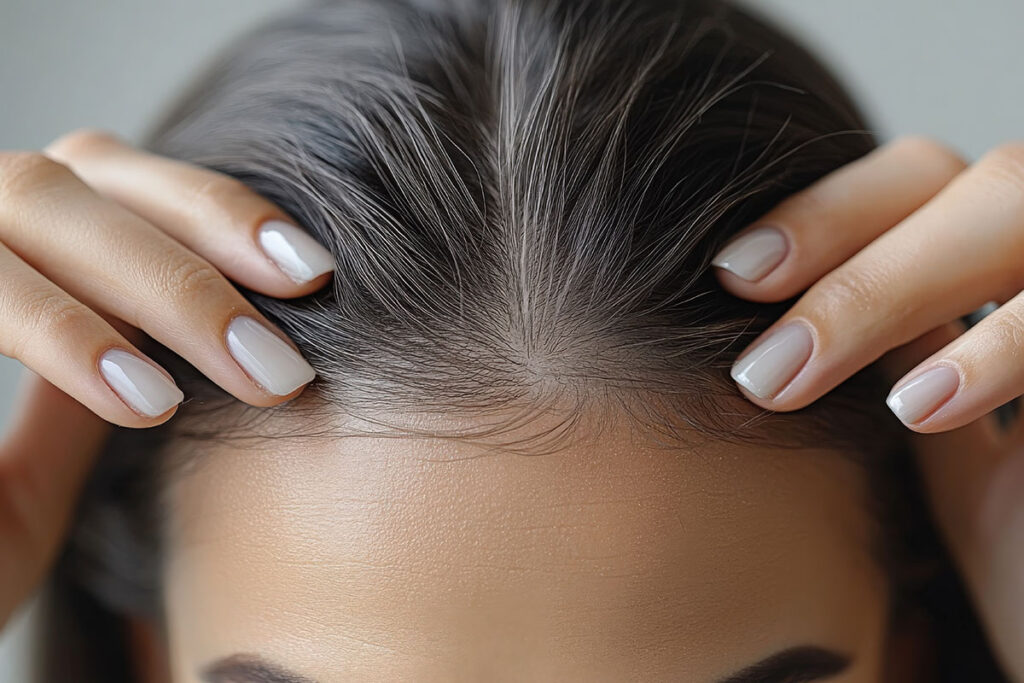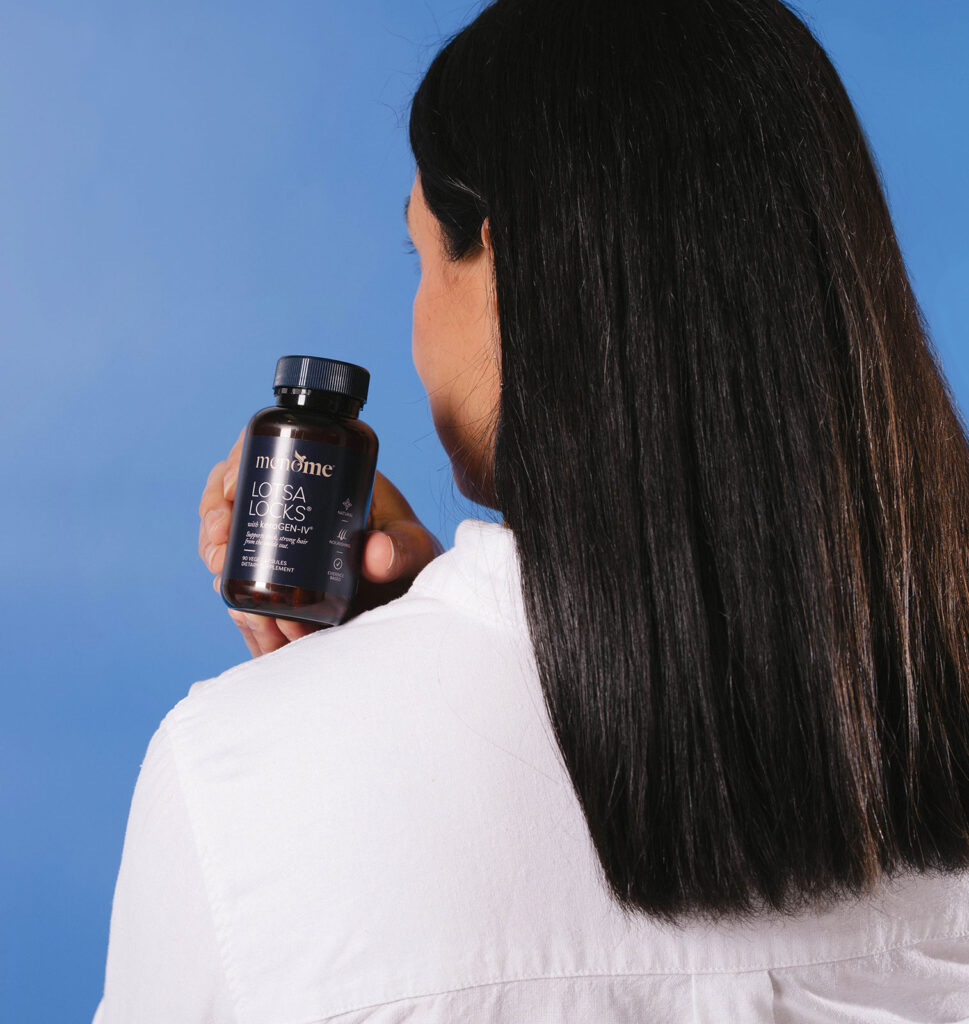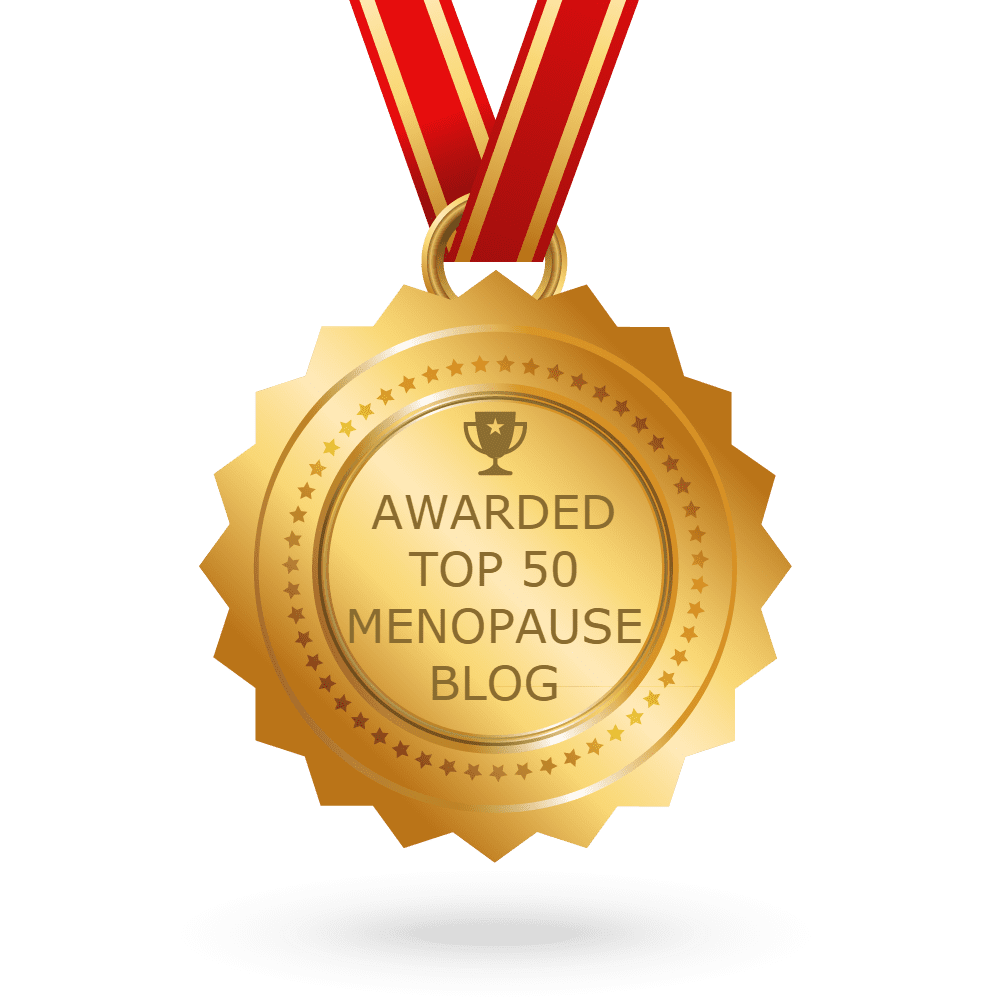Thinning hair, brittle nails, dry skin. Let’s talk about the (menopausal!) elephant in the room: midlife beauty changes.
If your once-glossy hair is now clogging the drain, your nails snap like twigs, and your skin feels more like sandpaper than silk – you’re not imagining it. It’s not just “ageing,” and you’re definitely not alone.
Indeed, hormonal changes (hi there, estrogen decline 👋) during perimenopause and post-menopause can trigger a domino effect. And yep, it shows up everywhere – especially on the outside.
We understand how frustrating it can feel. But here’s the thing: your body isn’t broken. The truth is, it just needs a new kind of support. And that’s exactly why we created LotsaLocks® – our go-to formula for restoring that hair-skin-nails glow, from the inside out.
Understanding the Effects of Menopause on Hair, Skin, and Nails
Why does everything feel…weaker? Blame it on biology. As our estrogen levels drop, so does our collagen production, cell turnover and natural oils. And this leads to:
- Hair thinning and shedding faster
- Dry, sagging, or dull skin
- Nails breaking, peeling and/or growing ever-so-slowly
Of course, it can be disheartening, but it’s not hopeless. Midlife isn’t the end of beauty. In fact, it’s a new chapter heralding a new kind of beautiful that asks us to nourish ourselves differently.
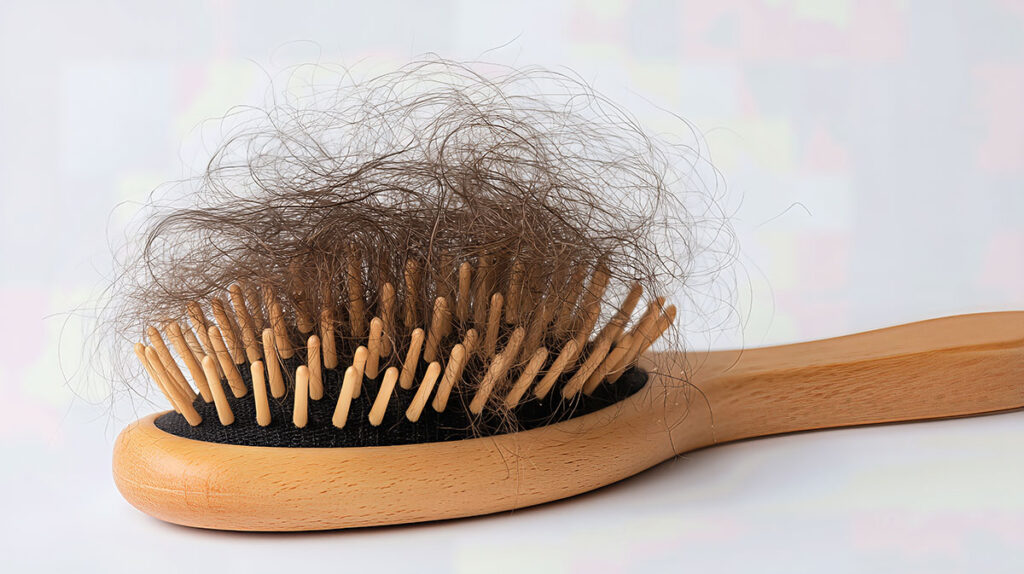
The Power of Supplements for Beauty from the Inside Out
Yes, topical products matter. But beauty truly starts within. And we’re not talking about woo-woo affirmations (though they can be helpful too 😉). We mean nutrients that feed your body where it counts.
Enter LotsaLocks® – a powerhouse containing just two stellar ingredients:
- Keragen-IV® – an ingestible, evidence-based, bioavailable keratin1 that supports hair density, skin hydration and nail strength
- Biotin – aka as vitamin B7. It’s a classic for a reason, helping promote stronger hair and nails
Together, they work to:
- Reduce hair thinning and improve strength
- Support nail growth and resilience
- Hydrate and brighten dry, tired skin
✨ Pro tips:
- It’s a consistency game so on-the-daily is non-negotiable if you want to see real changes.
- Pair with a whole foods, anti-inflammatory diet to maximise absorption and benefits
Related: How You Can Get Thicker, Stronger, Denser Hair At Menopause
Midlife Must-Dos: Skin and Hair Care Tips for Perimenopause and Post-Menopause
Skin Tips:
- Hydrate inside + out (water, serums, moisturisers, the works)
- Use gentle, nourishing cleansers and layer products to lock in moisture
- Layer up: cream cleanser → serum → moisturiser (check out our MenoSupport Night Cream from The Herb Farm)
Care For Hair:
- Ditch sulfates and don’t overwash
- Massage your scalp to boost circulation
- Sleep on a silk pillowcase (yes, it makes a difference to breakage!)
Stronger Nails:
- Keep them short while they strengthen
- Apply a nourishing oil to cuticles nightly
- Avoid harsh polish removers (acetone = nope)
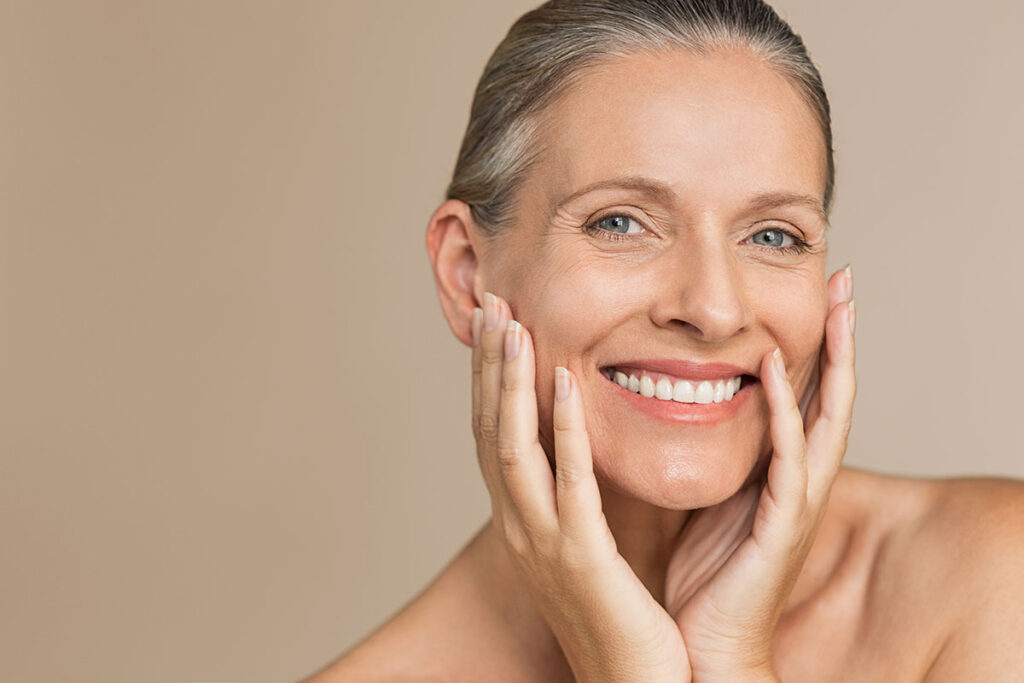
Heat Styling? Here’s How to Protect Your Hair
As hair texture changes, it becomes more fragile – and heat is the fastest way to make it worse. So:
- Use a heat protectant every time you blow dry, straighten, or curl.
- Dial down the temperature on your tools – you don’t need full blast.
- Air dry when you can, and blot (don’t rub!) with a microfibre towel.
- A weekly hair mask can be a game-changer.
Conclusion:
To summarise, reclaiming your glow takes time – it’s about finding ways that fit this new season. And with the right tools and support (hello, LotsaLocks®), you’ll feel more radiant with each passing week. By combining internal support, smart topical care, and a gentle approach, you’re investing in a routine that honours your evolving beauty.
Be consistent. Be patient. And most of all, be kind to yourself. You’re evolving – and that’s a beautiful thing. 💙
Related: Struggling with Hair Loss in Menopause? This Helped Us
